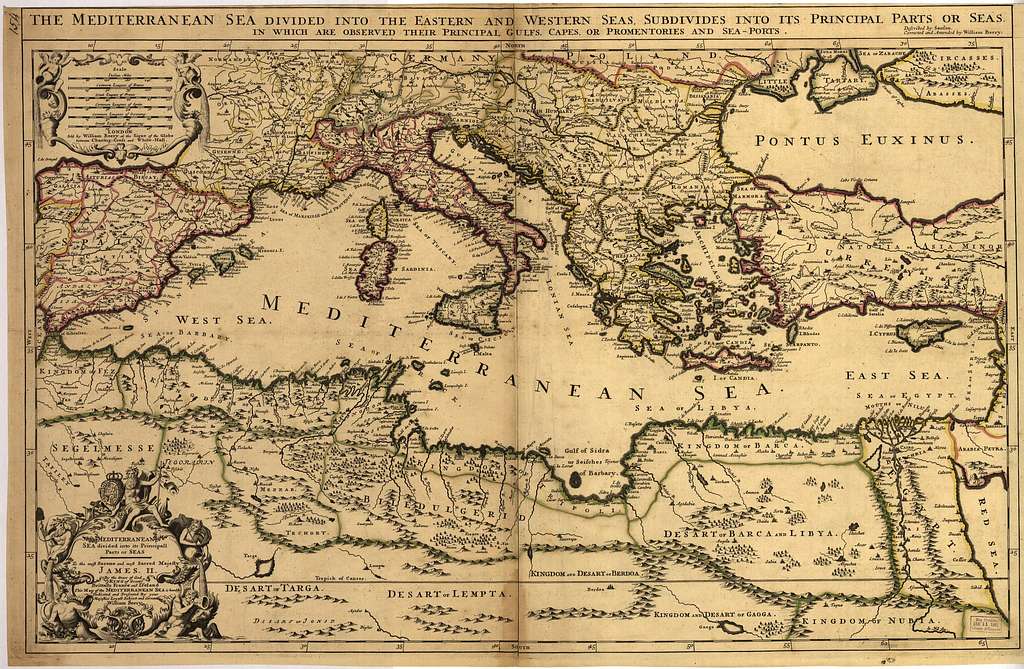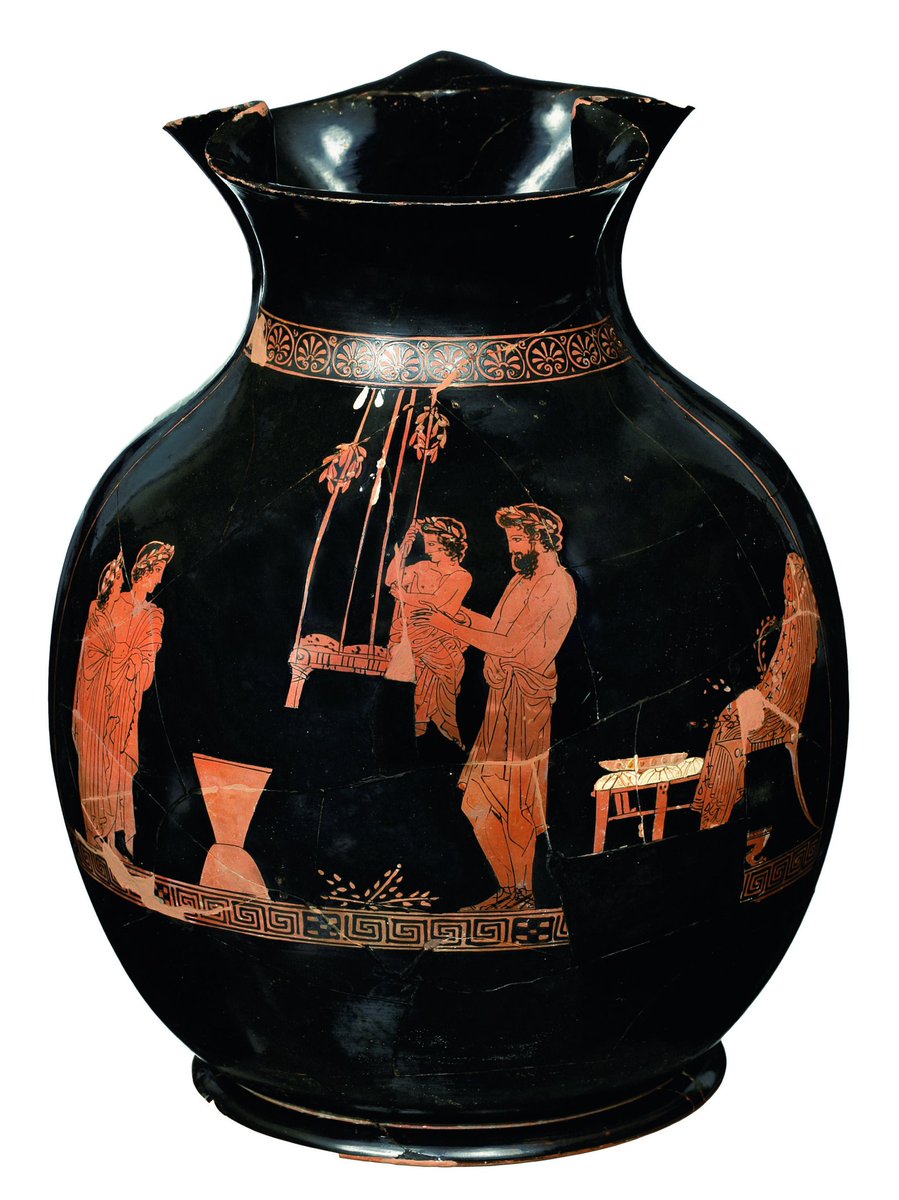Irene of Athens (752 – 803)
Coming from a prominent family of Athens, Irene was brought to Constantinople to marry Emperor Leo IV. She is famous for bringing an end to the first iconoclasm, the fight with her son for the throne & for being the reason for Pope to name the frankish
Coming from a prominent family of Athens, Irene was brought to Constantinople to marry Emperor Leo IV. She is famous for bringing an end to the first iconoclasm, the fight with her son for the throne & for being the reason for Pope to name the frankish
King Charlemagne as Roman Emperor since the title was "vacant" if you were a woman Empress. Yeap...that according to the Pope. Of course Romans/Eastern Romans/Byzantines thought that was crap...but here we are now with this confusing nomenclature.
*They also tried to marry them
*They also tried to marry them

Thinking about that Vatican logic I'm tempted to make a #JusticeForIrene and yes people I know that she gouged her son's eyes out...He would have done the same....if he could!
Oh, the painting is the fabulous William-Adolphe Bouguereau, made in 1897.
Oh, the painting is the fabulous William-Adolphe Bouguereau, made in 1897.
Zoe Palaiologina (1448-1503). Daughter of Thomas Palaiologos, brother of the last emperor and legitimate heir of the throne. The family managed to flee from Peloponnese to Corfu before the approaching Ottomans take it.
©Lesly Lagacé for the game of Europea Universalis
©Lesly Lagacé for the game of Europea Universalis

She and her brothers were under the protection of the Pope after the family converted to Catholicism. The Pope appointed the Byzantine Greek scholar Bessarion (a supporter of the union of Orthodox-Catholic churches) of Nicaea as tutor of the heirs of the Byzantine emperor.
Bessarion suggested to Pope Paul II that a union between Sofia Palaiologina and the Grand Prince of Moscow might be a way of achieving the goal of unification. Zoe, later Sophia married Ivan III of Russia.
Irene...the good girl. Born Piroska 1088- 1134) she was the daughter of the King of Hungary. Her Hungarian name means "saint/graceful/serious" and she did lived up to it...
She married John II Komnenos, the son of Byzantine Emperor Alexios I Komnenos.
She married John II Komnenos, the son of Byzantine Emperor Alexios I Komnenos.

After she moved to Constantinople, converted to Orthodox Christianity and she took the name Irene (means "peace" in Greek) .
As an Empress...she made a lot of children, built churches and monasteries and she became...a Saint. Piroska indeed.
As an Empress...she made a lot of children, built churches and monasteries and she became...a Saint. Piroska indeed.
Theodora (500–548 AD). That woman! You need a book to really cover all her deeds and extraordinary life!
I've already made a post about her before, so you can read below👇
I've already made a post about her before, so you can read below👇
https://twitter.com/ArysPan/status/1535643236399816708?t=izSo-V3cNXTpVBLtxnLKag&s=19
In case you missed it...you should listen the latest episodes of @TheRestHistory about Justinian & Theodora! It's just superb and great fun listen to it...
Here: the first of three episodes, concerning Theodora 👇✨
Here: the first of three episodes, concerning Theodora 👇✨
https://twitter.com/TheRestHistory/status/1556535214020640769?t=6Ial-DBcW_MYcak7BDXb4w&s=19
• • •
Missing some Tweet in this thread? You can try to
force a refresh
















